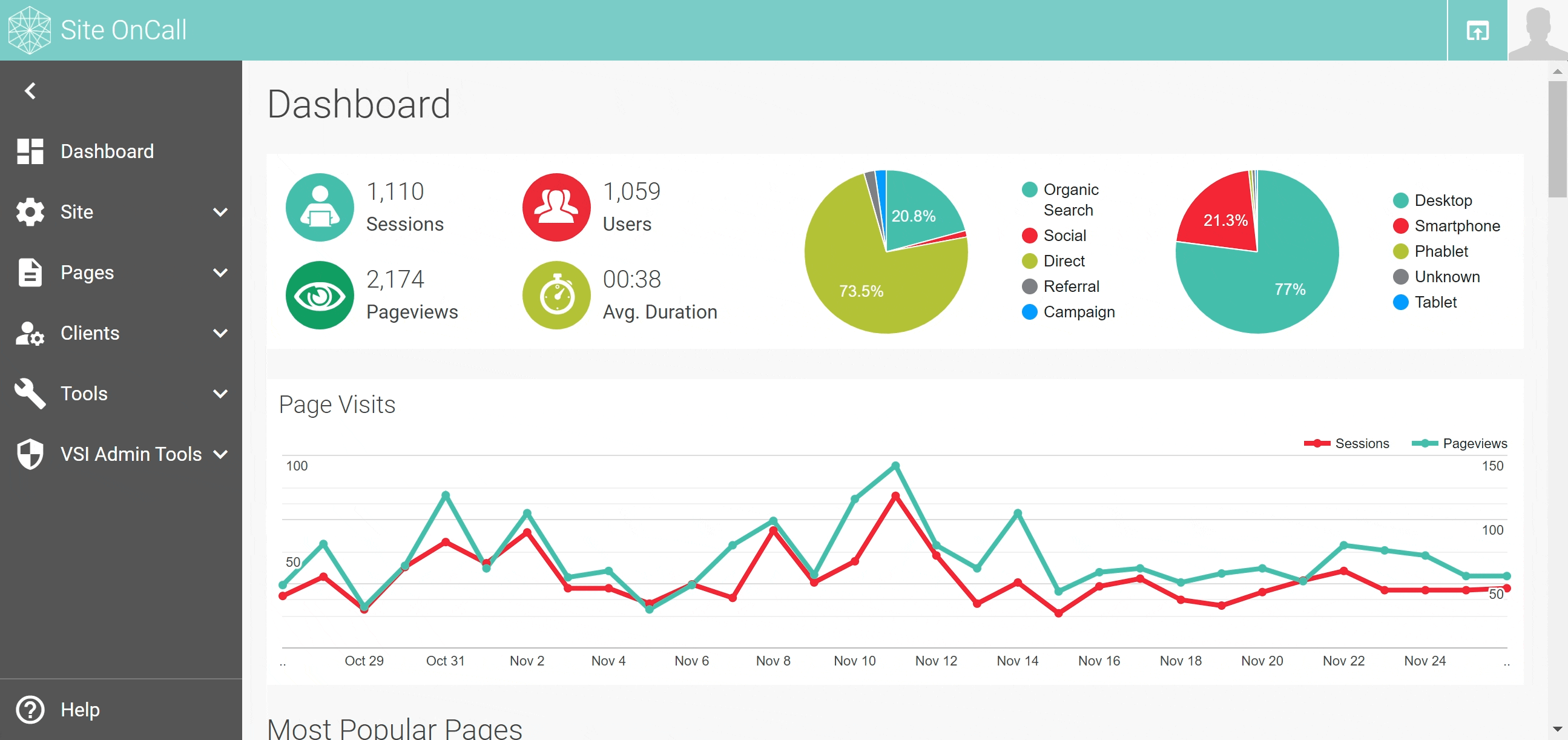Choosing the Best Image File Format for Your Website
Have you ever wondered what image type you should use when uploading photos and graphics on your website? JPG, GIF, PNG, WebP, SVG … the list of acronyms goes on, and on. Unless you’re a graphic designer or web developer, you may be left saying WTF!
Even though they all seem may seem similar, the format you use does matter when uploading images to your website. You may notice some graphics look sharper and don’t take up as much storage space, and this translates to improved performance without a loss of image quality.
While the long list of image types may seem overwhelming, it’s not as daunting as one may think. We’ve outlined some of the most used image file formats, and which ones are best to use and when.
Why Does the Image Type You Use Matter?
The formats you use matter because they can impact your website’s:
- Appearance: Some image formats include more detail for a higher-quality visual experience.
- Performance: Some image files take up more space than others which will affect your site load time.
- Scalability: Some image types can be scaled (made larger or smaller) without losing quality while others cannot. This can affect your site’s ability to look good on various screen sizes.
Ideally, you’ll want to stick to using two image formats throughout your website. This helps maintain a consistent standard that provides a balance between quality and performance.
The Most Commonly Used Image Formats on the Web
There are a great number of image types you can choose from, but when it comes to your website, we recommend you use one of these four tried and true formats: JPG, PNG, GIF and WebP.
JPG/JPEG - Joint Photographic Experts Group
Advantages of JPGs and When to Use Them
- Widely supported amongst browsers and devices.
- An excellent option for high-resolutions photographs or complex graphics with many colors.
- Well-suited for high compression levels.
- Easily convertible: Save a JPG to other formats like PNG.
When Not to Use JPGs
- When an image contains text or line art such as computer-generated graphics or screenshots, the compression of a JPG can result in the loss of sharpness prices along the edges of lines and can make text blurry.
- When the image requires transparent background, a JPG does not support this. A PNG or GIF is a better option when transparency is needed.
Below is an example of ideal JPG image usage.

PNG - Portable Network Graphics
Advantages of PNGs and When to Use Them
- Like JPGs, PNGs are widely supported amongst browsers and devices.
- Can more easily produce smaller file sizes than JPGs for low color images like screenshots or computer-generated art that have lines and text.
- Great for when transparent backgrounds are needed. Logos are a great example.
- Images don’t deteriorate when saving over and over.
When Not to Use PNGs
- Not great for photographs. When there is a wide range of colors, it can result in large file sizes and reduced image quality.
- Doesn’t support animation. GIF is a better option.
Here are two examples of ideal PNG image usage.


GIF - Graphics Interchange Format
Advantages of GIFs and When to Use Them
- Ideal for simple animations (JPGs and PNGs generally don’t support movement).
- Are lighter weight than a video and don’t require the user to click ‘play.’
- Are attention grabbing and can ‘loop’ to be repeated over and over.
When Not to Use GIFs
- They have very specific use cases.
- Not great for photographs. GIFs can only support up to 256 colors, so JPGs are a better option.
- Can support transparency so can be used for logos and icons, but PNGs are a better option.
Below is an example of ideal GIF image usage.

WebP - Web Picture Format
Advantages of WebP Images and When to Use Them
- A newer image type and is becoming more common as it gains popularity among web developers.
- Can compress images smaller than PNGs, JPGs and GIFs without the loss in quality.
- Is highly versatile as it combines the animation capabilities of a GIF and the transparency capabilities of a PNG.
- Functions well for interface screenshots, most high-resolution images, and animation.
- Can help with SEO, as Google suggests using modern image formats like WebP.
- The closest thing to an “all-in-one” image format
When Not to Use WebP
- If you are targeting users leveraging older browsers and technology. WebP is supported by major browsers and devices (with an ~97% adoption rate according to Can I Use), so compatibility isn’t something you should worry about too much.
Below is an example of ideal WebP image usage.



